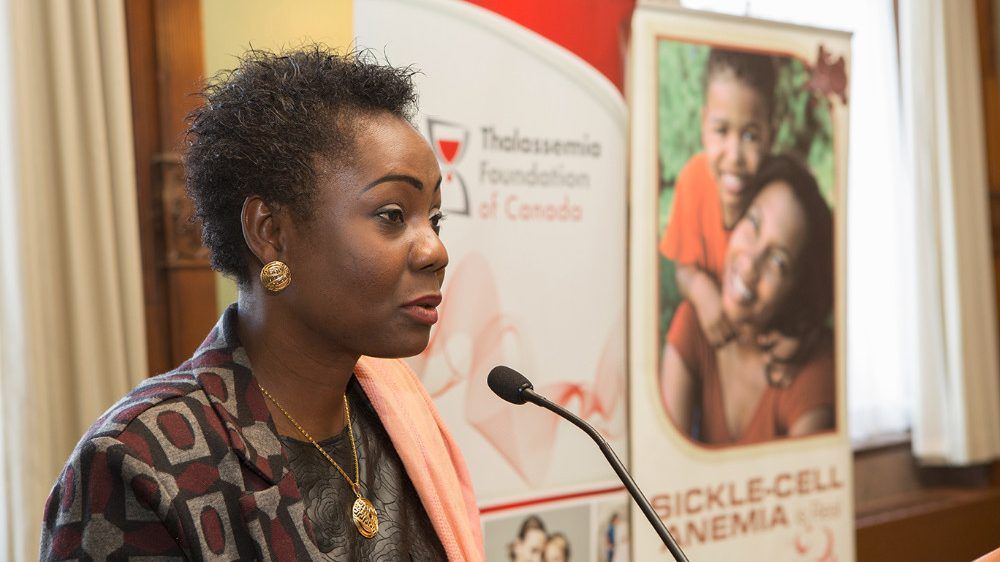seizure 'forecasting': device worn on wrist helps people with epilepsy predict and prepare for seizures
worn like a watch, the wearable monitor is a non-surgical alternative to a neurostimulation implant.
'subtle seizures' often lead to undiagnosed epilepsy
from strange smells to déjà vu: symptoms of epilepsy can be hard to diagnose.
living with sickle cell disease means also battling racial discrimination to get care
lanre tunji-ajayi founded the sickle cell awareness group of ontario in memory of her brother who died of the disease at age 29, and to tackle the racism that is hurting patient care.
 7 minute read
7 minute read









